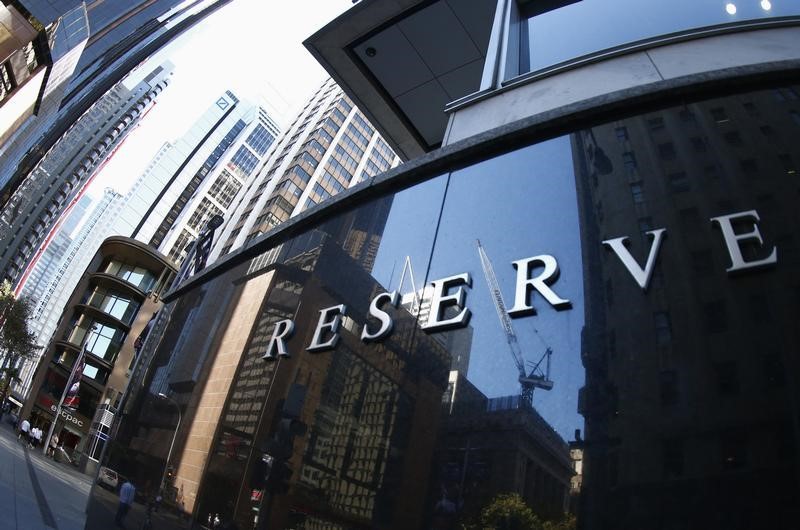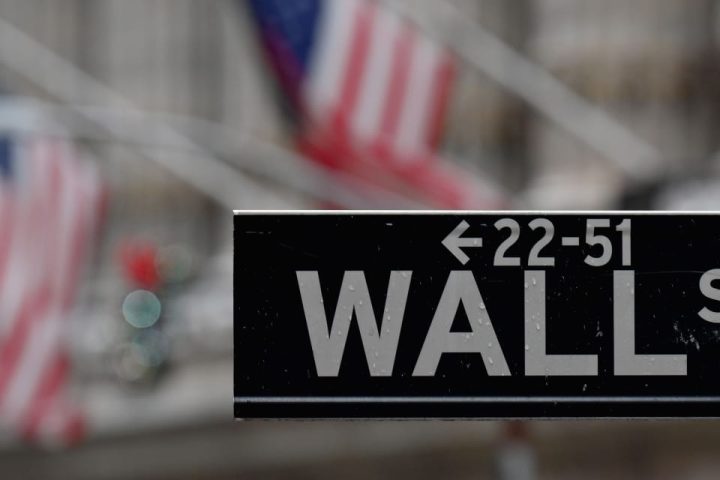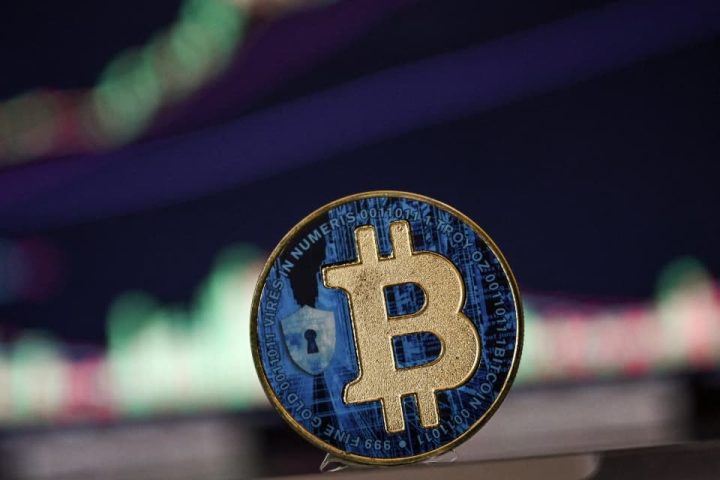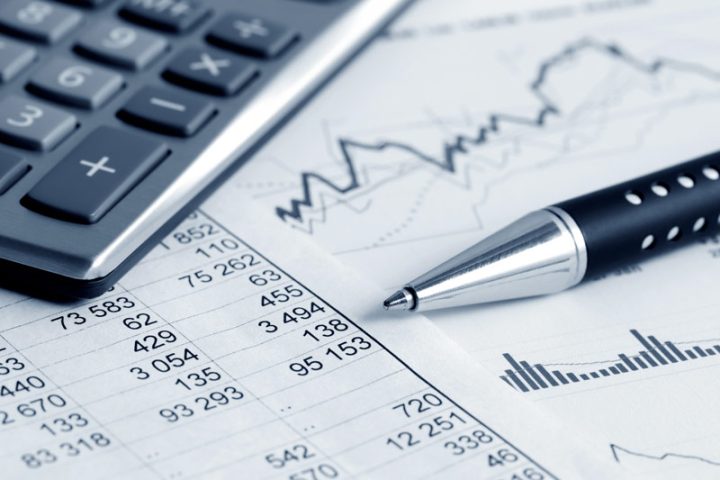Investing.com– The Reserve Bank of Australia hiked interest rates as expected on Tuesday, citing a slower-than-expected decline in inflation while also hiking its outlook for consumer inflation over the next two years.
The RBA hiked its to 4.35% from 4.10%, as widely expected by markets. The hike was the first change in monetary policy under new governor Michele Bullock, who had somewhat telegraphed the move in October.
Tuesday’s hike comes after Australian grew more than expected in the third quarter, amid higher fuel prices and unexpectedly resilient retail spending.
also blew past expectations in the quarter, underpinning inflation as spending remained strong.
This had invited some hawkish comments from Bullock before the meeting, and had markets largely primed for a 25 bps hike.
“Inflation in Australia has passed its peak but is still too high and is proving more persistent than expected a few months ago. While the central forecast is for CPI inflation to continue to decline, progress looks to be slower than earlier expected,” Governor Bullock said in a statement on Tuesday.
“The (monetary policy) Board judged an increase in interest rates was warranted today to be more assured that inflation would return to target in a reasonable timeframe.”
Bullock said that CPI inflation is now expected to be around 3.5% by end-2024, and is to remain at the upper end of the RBA’s 2% to 3% target range by end-2025. The RBA had earlier expected inflation to fall within its target range by mid-2025.
Inflation has consistently remained above the RBA’s target range for more than a year, following a post-COVID boom in growth.
Bullock also flagged a largely data-driven approach to more policy tightening, noting that the Australian economy was proving to be more resilient than initially expected. But growth is still expected to remain below trend, while is expected to increase to 4.25% in the coming months.
While the RBA raised rates by a combined 400 bps since early-2022, it had kept them on hold at 4.1% since May 2023. The move was largely done to gauge the impact of higher rates on the Australian economy, and as inflation came off annual peaks.
But with inflation once again picking up in the past quarter, the central bank may be forced into hiking rates even further to cool overheated prices.
The Australian dollar sank 0.4% after the RBA decision, while the fell 0.2%.
Read the full article here







